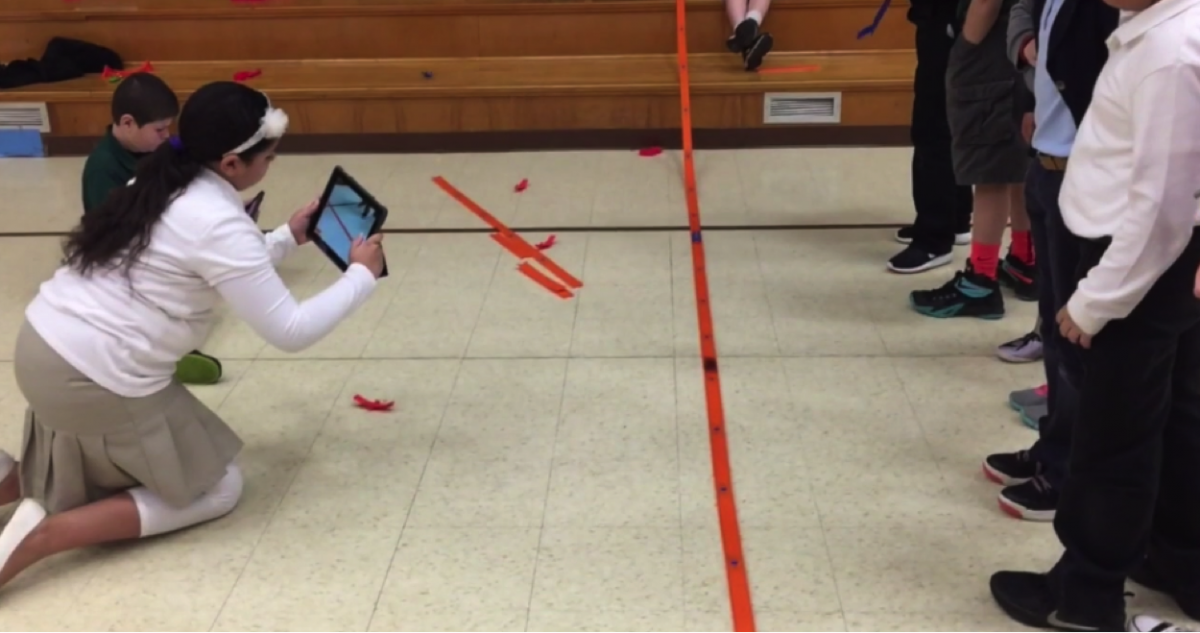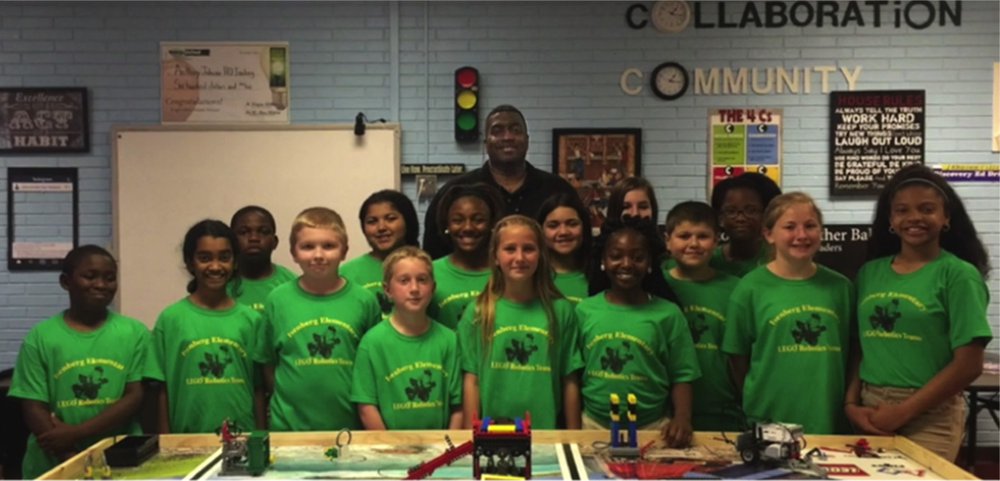Think about your job today. Have you ever been given a formal assessment to prove you know the ins and outs of your job? Probably not. In today’s economy, employees are assessed based on overall performance—not a test. The same should be said for student evaluations. Similar to the real world, in my classroom students show what they’ve learned through project-based learning (PBL) and application using real world examples.
I adopted a project-based model in my first year of teaching. On the first day of school I issue my students a PASSPORT (which stands for “Preparing All Students for Success by Participating in an Ongoing Real-world simulation using Technology) and explained that their yearlong simulation in “Johnsonville” starts today.
The school year is a simulation of adulthood where students work, create, and learn about personal finance and entrepreneurial skills. They experience real-world situations and gain insights into global affairs. Students don’t view my classroom as a “classroom” but more of an interactive city where all projects intertwine to create an ecosystem of businesses, homes, and more.
Related Video: Transforming Classrooms with Superintendent S. Dallas Dance
Each student has the opportunity to become an entrepreneur, politician, banker, and more. They are given $1,000 in Johnsonville cash to begin their lives. Students must buy a house or rent an apartment, earn wages, and manage their finances. As the children buy and sell items that I donate, they learn math skills along with life lessons. Like a real business, they manage a database of their clients or suppliers, create advertising plans, and track their income to ensure they are making a profit. Students earn extra money through academic achievements and good behavior.
One amazing online resource I discovered for PBL is Defined STEM. It is a great tool to help me create relevant lessons I can incorporate into Johnsonville. The supplementary curriculum provides students with research resources, videos, and project prompts that test students to think outside the box and put them in real-world situations.
If you are ready to incorporate this teaching and learning style into your school or classroom, here are some Tactical Classroom Tips for creating a Johnsonville-like environment:
- Make project-based learning relevant to the students. In Johnsonville, students are exploring issues like buying a home, paying rent, starting a business, and managing finances. Students see adults face these same issues and can relate what happens in Johnsonville to the real world, making every lesson relevant and gets them excited to learn.
- Encourage collaboration. Desks are designed for individual students—which is why I don’t have any. In my classroom you will only find tables, collaboration bars, and sofas perfect for students to think creatively and problem-solve in groups.
- Facilitate. Other teachers trying PBL often tell me, “my kids can’t do it” or “it’s a lot of work.” However, I think the real issue is teachers giving up control of their classroom. PBL allows students to take charge of their learning, which gives the educator freedom to facilitate and encourage critical thinking.
North Carolina State testing proves that my PBL model improved student scores. At the end of the 2016 school year, my 5th-grade students scored an average of 85% on the state science exam, while my school as a whole scored 58%. I believe my focus on PBL and hands-on learning propelled my students and was the catalyst for this major boost in test scores.
When students become part of their own learning they take pride in their education and become more engaged. PBL keeps students busy and allows each one to show what they’ve learned in a creative, supportive, and collaborative environment.












